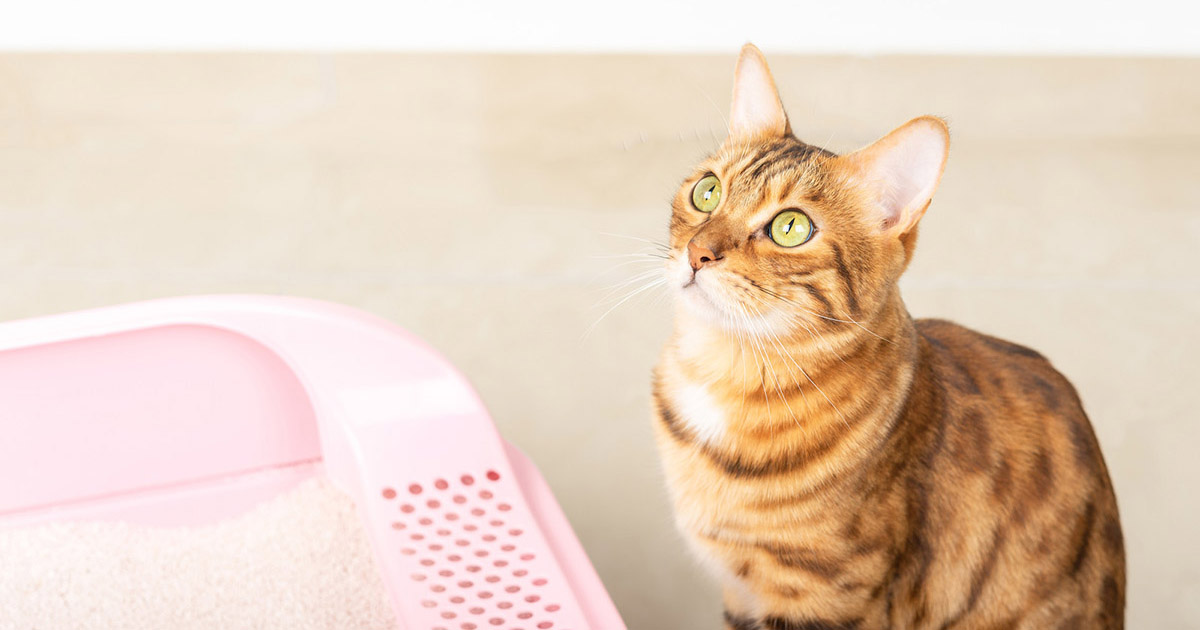How do you really feel about How to Dispose of Cat Poop and Litter Without Plastic Bags?

Intro
As pet cat owners, it's necessary to be mindful of just how we throw away our feline good friends' waste. While it may seem hassle-free to flush pet cat poop down the toilet, this practice can have damaging effects for both the setting and human wellness.
Alternatives to Flushing
Fortunately, there are more secure and more responsible ways to throw away pet cat poop. Take into consideration the complying with options:
1. Scoop and Dispose in Trash
The most common technique of disposing of pet cat poop is to scoop it into a biodegradable bag and toss it in the garbage. Make certain to utilize a dedicated clutter inside story and deal with the waste promptly.
2. Use Biodegradable Litter
Select naturally degradable pet cat clutter made from products such as corn or wheat. These clutters are eco-friendly and can be safely disposed of in the trash.
3. Hide in the Yard
If you have a backyard, think about hiding pet cat waste in an assigned area away from vegetable gardens and water sources. Make certain to dig deep enough to stop contamination of groundwater.
4. Mount a Pet Waste Disposal System
Buy an animal waste disposal system particularly made for cat waste. These systems use enzymes to break down the waste, decreasing odor and environmental impact.
Health and wellness Risks
In addition to ecological worries, purging pet cat waste can likewise pose wellness risks to people. Cat feces might have Toxoplasma gondii, a parasite that can cause toxoplasmosis-- a potentially extreme ailment, specifically for expecting women and people with damaged body immune systems.
Environmental Impact
Purging cat poop introduces dangerous microorganisms and parasites into the water system, presenting a substantial threat to marine communities. These impurities can adversely impact aquatic life and compromise water top quality.
Verdict
Liable animal possession expands beyond giving food and shelter-- it likewise includes proper waste monitoring. By refraining from purging cat poop down the bathroom and going with alternate disposal techniques, we can decrease our ecological footprint and secure human health.
Why Can’t I Flush Cat Poop?
It Spreads a Parasite
Cats are frequently infected with a parasite called toxoplasma gondii. The parasite causes an infection called toxoplasmosis. It is usually harmless to cats. The parasite only uses cat poop as a host for its eggs. Otherwise, the cat’s immune system usually keeps the infection at low enough levels to maintain its own health. But it does not stop the develop of eggs. These eggs are tiny and surprisingly tough. They may survive for a year before they begin to grow. But that’s the problem.
Our wastewater system is not designed to deal with toxoplasmosis eggs. Instead, most eggs will flush from your toilet into sewers and wastewater management plants. After the sewage is treated for many other harmful things in it, it is typically released into local rivers, lakes, or oceans. Here, the toxoplasmosis eggs can find new hosts, including starfish, crabs, otters, and many other wildlife. For many, this is a significant risk to their health. Toxoplasmosis can also end up infecting water sources that are important for agriculture, which means our deer, pigs, and sheep can get infected too.
Is There Risk to Humans?
There can be a risk to human life from flushing cat poop down the toilet. If you do so, the parasites from your cat’s poop can end up in shellfish, game animals, or livestock. If this meat is then served raw or undercooked, the people who eat it can get sick.
In fact, according to the CDC, 40 million people in the United States are infected with toxoplasma gondii. They get it from exposure to infected seafood, or from some kind of cat poop contamination, like drinking from a stream that is contaminated or touching anything that has come into contact with cat poop. That includes just cleaning a cat litter box.
Most people who get infected with these parasites will not develop any symptoms. However, for pregnant women or for those with compromised immune systems, the parasite can cause severe health problems.
How to Handle Cat Poop
The best way to handle cat poop is actually to clean the box more often. The eggs that the parasite sheds will not become active until one to five days after the cat poops. That means that if you clean daily, you’re much less likely to come into direct contact with infectious eggs.
That said, always dispose of cat poop in the garbage and not down the toilet. Wash your hands before and after you clean the litter box, and bring the bag of poop right outside to your garbage bins.
https://trenchlesssolutionsusa.com/why-cant-i-flush-cat-poop/

I'm certainly very involved in Don’t flush cat feces down the toilet and I'm hoping you enjoyed the blog post. I beg you take the opportunity to promote this post if you enjoyed it. Many thanks for taking the time to read it.
Schedule A Service Call